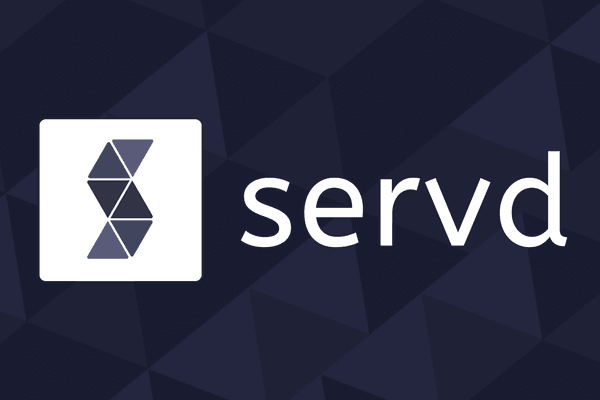
Introducing Spike Protection
Posted: 16th Mar 2021
Dealing with traffic spikes can be a difficult problem for site owners. Keeping your site up and running during busy periods can make the difference between a successful marketing campaign or a missed opportunity, but scaling a project to deal with these situations can be filled with uncertainty or both requirements and costs.
There are two approaches to scaling which might be used in a traditional hosting environment:
Manual Scaling
Manually increasing the size of servers or the number of servers in a hosting configuration is one option that can be considered. This approach varies in its difficulty to implement based on the application's configuration, the hosting provider being used and the technical know-how of the person performing the scaling. At the very least it will require a developer with good knowledge of the application to ensure it still functions as expected once changes to the infrastructure have taken place.
Once the infrastructure itself has been updated it's equally as important to ensure that the different application components have been reconfigured to make best use of the new set of resources. Tweaking PHP and database settings to make sure memory is being allocated appropriately and maximum connection settings have been updated is a bare minimum. Updating and testing these values can be an error prone task when undertaken manually.
Auto-Scaling
Scaling out an application automatically sounds like it would solve many of the manual scaling problems, however it also introduces its own issues.
Auto scaling requires a 'trigger' to determine when it begins scaling and to what extent. This normally makes it more appropriate for use with traffic patterns which occur gradually, such as the rise and fall of traffic over a 24h period. When faced with a sudden spike caused by a marketing campaign, auto-scaling often fails to react quickly enough - leaving a site without enough resources and ultimately falling over.
It is also inherently unpredictable. The scaling of your project is often determined by the volume of traffic that it receives. As the traffic being sent is out of your direct control, so is the cost incurred over time.
Spike Protection
Servd has recently added 'Spike Protection', a feature which aims to address these issues with other scaling methods.
Easy to Use
Schedule your project to scale up during specific time periods in which you expect a spike in traffic to occur, all via the Servd Dashboard. You can also make changes to your schedule at any time leading up to its activation so if your marketing campaign is delayed its easy to make adjustments.
One Size Fits All
During your spike protected periods, Servd will move your project onto our largest available server instance. Whether you're expecting a modest bump in traffic or a significant increase in users, Spike Protection provides you with a huge increase in available resources so that you can be confident it'll be handled.
You can find specific server specifications on the Spike Protection docs page.
Automated Reconfiguration
When your project is scaled up, Servd automatically adjusts all of your project's configuration settings to make best use of the new resources. All of this takes place without any intervention required and is reverted at the end of the scaled period when your project returns to its original configuration.
Fixed Cost
Scaling periods are billed in advance and have a fixed cost per 24h period. You'll know exactly how much it will cost so that there are no unwelcome surprises at the end of the month.
Getting Started
You can find the Spike Scaling options in the Servd Dashboard on the 'Plan' page for any subscribed project. From there you can get your first protection period scheduled with just a few clicks.
If your project needs a simple scaling solution Servd can provide Spike Protection with no dev-ops knowledge required.


